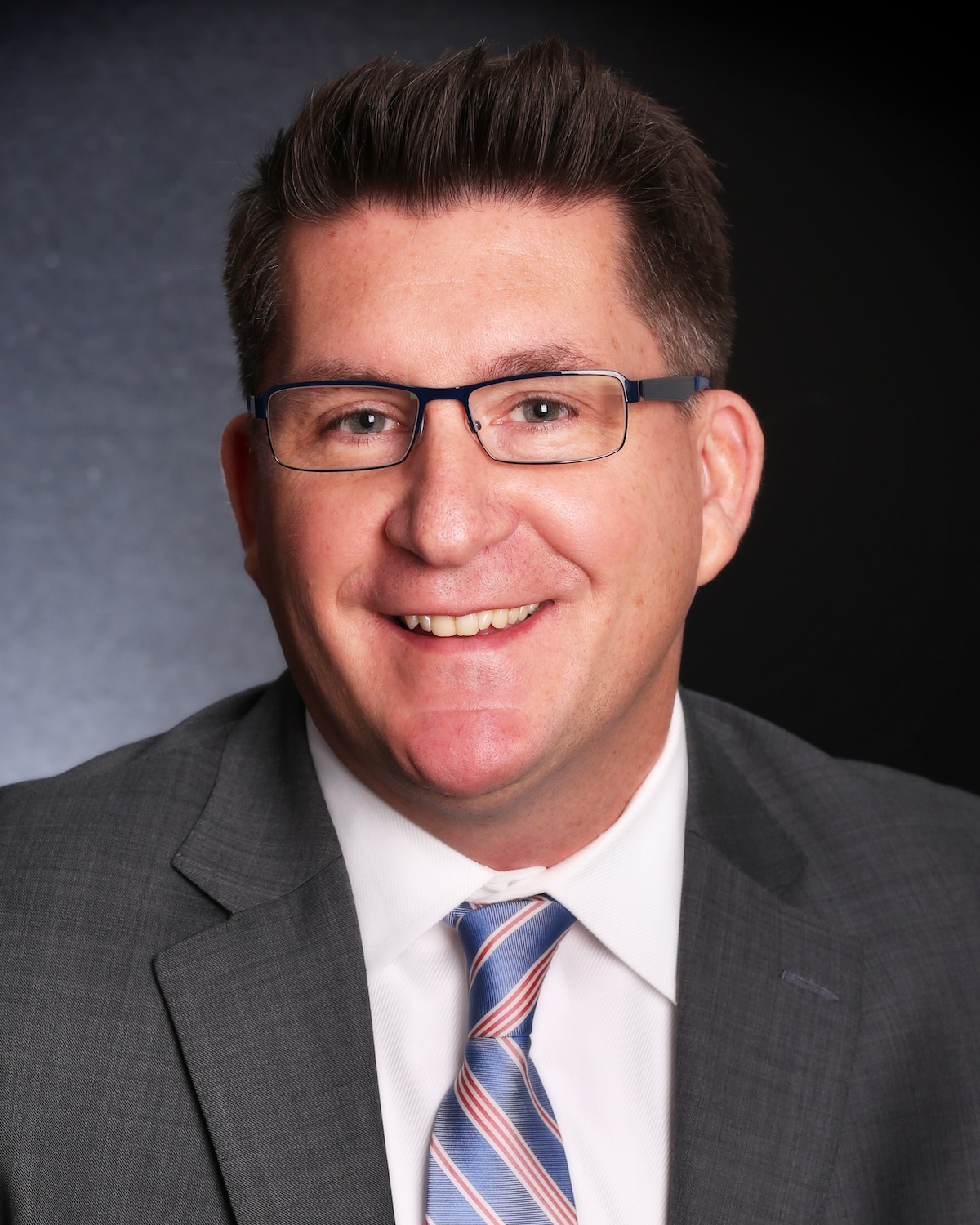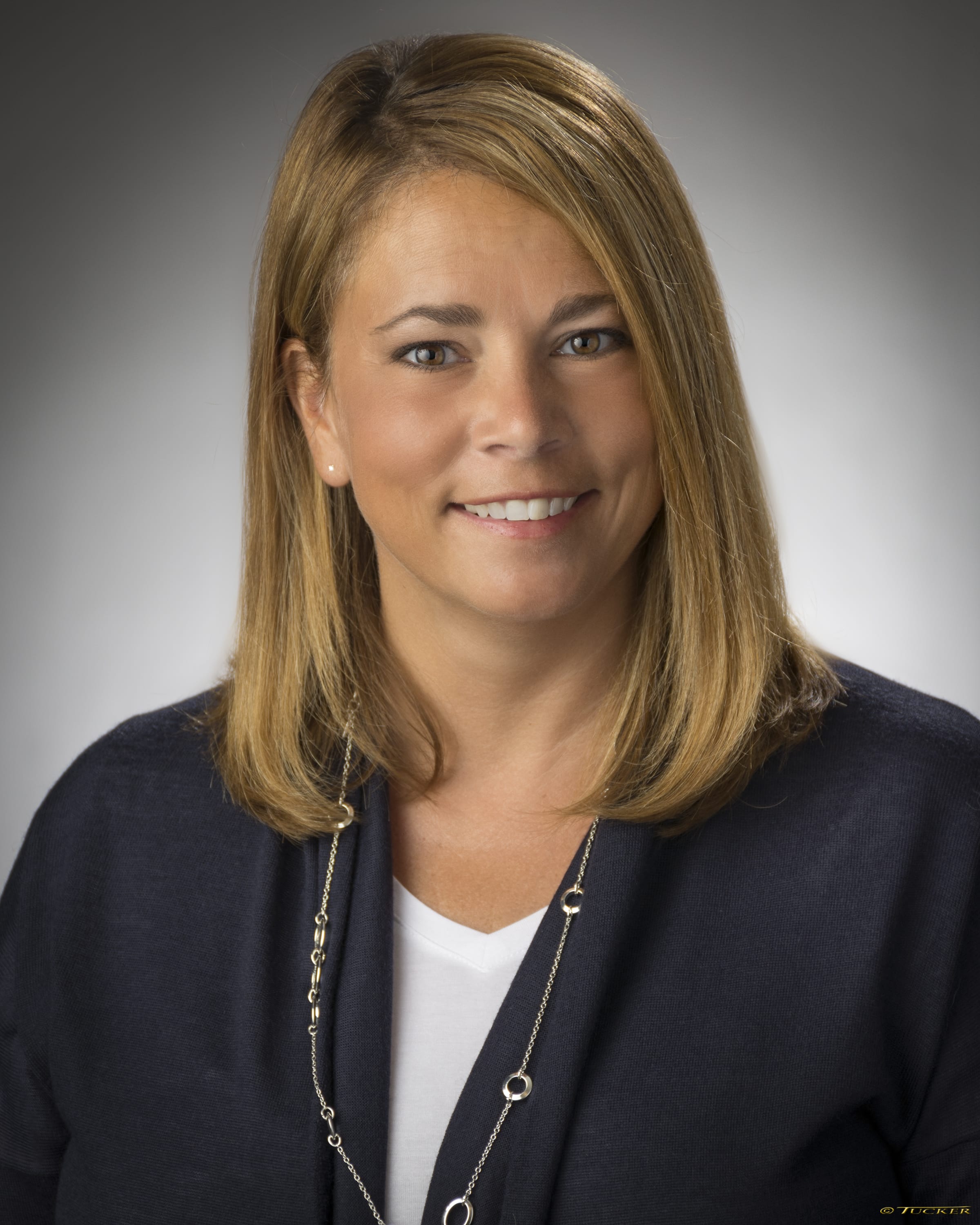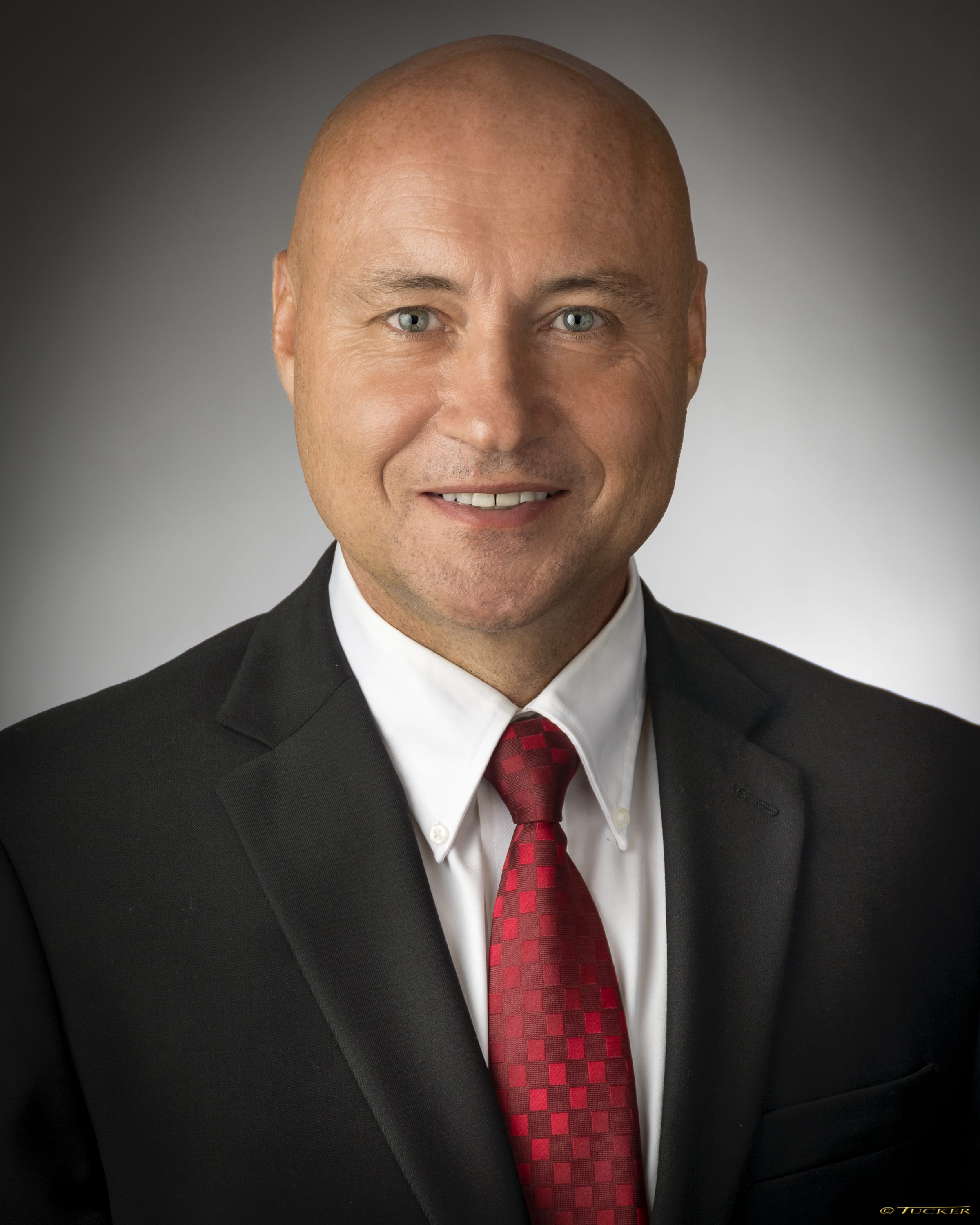FHFA: Statement of Melvin Watt
Investor Update
May 23, 2018
Source: FHFA
Chairman Crapo, Ranking Member Brown, and Members of the Committee, thank you for inviting me to testify this morning.
At my last appearance before this Committee, I described at some length some of the many ways FHFA has worked to reform Fannie Mae and Freddie Mac (the Enterprises) while they have been in conservatorship. I am pleased to report that the work and reforms in all the areas I outlined in my prior testimony have continued. Detailed updates on recent developments in some of these areas are included in the 2017 Scorecard Progress Report, Credit Risk Transfer Progress Report, and An Update on the Single Security Initiative and the Common Securitization Platform. For the convenience of the Committee, we have also provided to each member a copy of FHFA’s Annual Report to Congress which includes a recap of FHFA’s conservatorship of the Enterprises and its supervision of the Enterprises and the Federal Home Loan Banks during 2017.
At your last oversight hearing I also focused some of my remarks on my concern that the capital buffers for the Enterprises were scheduled to reduce to zero as of January 1 of this year. I expressed my concern that zero capital buffers would almost certainly lead the Enterprises to have to make additional draws of taxpayer support that could potentially result in negative consequences for liquidity and market stability. I am pleased to report that the Secretary of the Treasury and I were able to reinstate a $3 billion capital reserve buffer for each Enterprise through a letter agreement that modified the terms of the Senior Preferred Stock Purchase Agreements (PSPAs) to address those concerns. While both Enterprises were required to make small draws of taxpayer support in the last quarter of 2017 as a result of revaluations of their deferred tax assets following the passage of the tax legislation last year, I am confident that the modest buffer adjustments agreed to with Secretary Mnuchin will avert the need for the Enterprises to make additional draws of taxpayer support in the future in the absence of exigent circumstances.
When I was last before this Committee, several members of the Committee also asked me to provide FHFA’s views on the critically important topic of housing finance reform. In response to those requests, on January 16, 2018 I provided to Chairman Crapo and Ranking Member Brown a document entitled “Federal Housing Finance Agency Perspectives on Housing Finance Reform” (the Perspectives Document). As I indicated in our Perspectives Document, we consider the perspectives we expressed to be “responsible, balanced, viable and important to consider,” and I am happy to answer any questions members of the Committee may have about them. However, I think it is also extremely important for me to emphasize points that I made when I sent the Perspectives Document to the Chairman and Ranking Member to ensure that members of this Committee understand that FHFA continues to be clear about the role we expect to play in the housing reform process. In my letter to the Chairman and Ranking Member, I said:
“We seek to provide our views independently and transparently to those who have requested them while continuing to provide technical assistance to the Committee and its members on other proposals that may be introduced. Consequently, to the extent that any proposal gains support from members of Congress, whether it includes the perspectives contained in the enclosure or not, we look forward to continuing to provide technical assistance to facilitate your work. This is consistent with my strongly held view that it is the prerogative and responsibility of Congress, not FHFA, to decide on housing finance reform.”
To be clear, despite having expressed views in our Perspectives Document as some members of this Committee requested, I want to reaffirm my strongly held view that it is the responsibility of Congress, not FHFA, to decide on housing finance reform and I hope you will do so expeditiously. On September 6 of this year, we all will mark an occasion that I believe I can confidently say no one expected or foresaw back in 2008. That will be the ten-year anniversary of the Enterprises’ conservatorships. As I first said publicly in a speech at the Bipartisan Policy Center on February 18, 2016:
“FHFA’s role as conservator of Fannie Mae and Freddie Mac has been unprecedented in its scope, complexity, and duration – especially when you consider Fannie Mae and Freddie Mac’s role in supporting over $5 trillion in mortgage loans and guarantees. This is an extraordinary role for a regulatory agency also because we are obligated to fulfill both the role of supervisor and conservator at the same time.”
I have expressed this opinion, perhaps using different words, on numerous occasions since then. I have also expressed repeatedly my firm belief that these conservatorships are unsustainable.
I spent the bulk of my time before the Committee last year describing some of the important reforms FHFA has made to the Enterprises while they have been in conservatorship, things I referred to as “GSE reform.” However, this could well be the last time I appear before this Committee as Director of FHFA, and I believe it is important for me to identify and focus today on some of the serious challenges that remain ahead. Some of these challenges are obviously exacerbated and made more difficult to deal with because we have been operating Enterprises of this size in conservatorship for such a protracted period of time. From my perspective, as I have said before, the challenges in this category will become more and more difficult the longer the conservatorships continue. However, there are also challenges that will continue regardless of whether the Enterprises are being operated in conservatorship. Throughout my term as Director of FHFA, we have made concerted efforts to address and minimize the adverse impact of all housing challenges, regardless of whether they fit into the former or the latter category.
One challenge that is clearly exacerbated by conservatorship is the ability to plan and manage in the face of uncertainty about the future. Our experience as conservator confirms that it is extremely difficult to manage the Enterprises in the present without establishing some kind of plans for the future. I doubt that I can express this concern any more coherently than I did in my speech at the Bipartisan Policy Center back in 2016. I expressed it this way:
“Here, I’m not talking about plans for housing finance reform, but plans for everyday operations, including strategic planning that every well-run business does, and project planning that’s necessary to continue key initiatives. Without looking somewhat down the road, FHFA and the Enterprises would both lose their momentum and jeopardize day-to-day success. The key dilemma when you have an uncertain future, however, is how far down the road to look and how to retain the necessary talent to implement either short-term or longer-term plans.”
Two concrete examples help illustrate this challenge.
1.When the Enterprises were placed into conservatorships almost 10 years ago, most members of their boards and many members of their management teams were replaced with new boards and management teams. While no one anticipated at that time that the conservatorships would last more than a few years at most, a maximum tenure of 10 years was established for service on the Enterprises’ boards. While some Enterprise board members have left and been replaced over almost 10 years of conservatorship, a number of the members appointed 10 years ago continue to serve and have provided experienced oversight and valuable continuity to the Enterprises. No doubt, when the history of this conservatorship period is written it will fail to give the credit these board members deserve for the heroic roles they played in the transformation of these Enterprises. Replacing the experience and transformative spirit of these board members who will soon cycle off the boards as their 10-year service periods end will be a significant challenge.
2. A second example relates to the decision to sell Fannie Mae’s buildings and relocate them to rental space. Without going into detail about the many factors FHFA and the Enterprises considered over the last several years in the process of making these decisions, I’m certain that it will be obvious to everyone that these decisions would have been much easier to make had we been sure about Fannie Mae’s future and had Fannie Mae not been in conservatorship.
A second challenge associated with operating these Enterprises in conservatorship has been how to ensure market discipline. Because the Enterprises have been insulated while operating in conservatorship from normal market forces that would otherwise inform their operations and business decisions, FHFA has had the responsibility for creating its own regime for market discipline. FHFA has taken several steps to address this ongoing challenge. One of the most important steps has been to require the Enterprises to use an aligned capital framework when evaluating business decisions even though they are not able to build capital beyond the limited buffer agreed to in the PSPAs.
Incorporating capital requirements into the analytics of day-to-day business is essential to making rational business decisions about when to conduct different transactions or pursue certain ideas. FHFA has worked with the Enterprises to develop a Conservatorship Capital Framework that establishes aligned capital guidelines for both Enterprises across different mortgage loan and asset categories. Both Enterprises now use this aligned framework to make their regular business decisions. FHFA also uses this framework in its role as conservator to assess Enterprise guarantee fees, activities, and operations and to guard against the Enterprises making competitive decisions that could adversely impact safety and soundness.
FHFA has found the Conservatorship Capital Framework to be a useful tool because it reflects a refined approach to assessing the relative risks of different mortgage loan categories. To build on this work, we are planning in the very near future to propose a risk-based capital and minimum leverage capital rule that would replace the OFHEO capital standards that were in place prior to conservatorship and that are now suspended while the Enterprises are in conservatorship.
While the new capital rule would also be suspended while the Enterprises remain in conservatorship, we believe it is important for our Agency, as a regulator, to articulate a view on prudential capital requirements for the Enterprises based on their current operations. We also believe our proposed rule will provide valuable transparency to the public about capital and will be a catalyst for serious and thoughtful discussions and opinions about the capital requirements that would be appropriate for the Enterprises and/or other entities playing similar roles in the housing finance system going forward, regardless of the form these entities are required to take as a result of housing finance reform legislation. Public input on our proposed rule will also provide valuable feedback to FHFA about refinements that may be appropriate to our Conservatorship Capital Framework, which we will continue to apply to the Enterprises while they remain in conservatorship.
I emphasize that this rulemaking is not connected in any way to any efforts or ideas others may have about recapitalizing and releasing the Enterprises from conservatorship. The rule may need to be further revised to take into account the provisions of housing finance reform legislation and FHFA will suspend any final capital rule adopted while the Enterprises remain in conservatorship, just as the OFHEO rule that is currently on the books has been suspended.
Another challenge that FHFA and the Enterprises continue to try to address is affordability of both homeownership and rental housing. This challenge is not unique to conservatorship and will, unfortunately, persist after the conservatorships end. While FHFA and the Enterprises have taken a number of different approaches to try to responsibly improve access to credit and the availability of affordable rental housing, many of the challenges associated with affordability are beyond the control of FHFA or the Enterprises. They are significant challenges facing the market as a whole.
One problem that does not get as much attention as it probably should is that the supply of affordable single-family and multifamily housing is simply not keeping up with demand, especially in most cities and metropolitan areas. Following the foreclosure crisis, single-family new construction has lagged behind historical norms. With new household formation showing signs of increasing, the limited availability of housing on the market – both single-family homes and affordable rental units – presents a challenge that will not go away any time soon. Multiple approaches are needed to address the different facets of this low supply.
We have encouraged the Enterprises to launch pilots that can test new approaches to affordability, access and supply on a small scale to ensure that they work to help address these problems and to ensure that they can be replicated and implemented safely and soundly. The Enterprises’ Duty to Serve Plans also incorporate a number of pilots and initiatives that will help address these challenges by better serving the manufactured housing, affordable housing preservation, and rural housing markets. We will continue to work with the Enterprises on pilots and initiatives to make progress where we think it is possible. We are also engaged in broader discussions and efforts with other industry participants – lenders, builders, Realtors, housing counselors and others – all of whom acknowledge these serious and growing challenges that require concerted efforts across all market sectors.
There are, of course, a number of other challenges that FHFA continues to work on and try to address, each of which would merit extensive discussion. Some of these include assisting borrowers who have limited English proficiency, evaluating and improving mortgage loan servicing, assessing updated credit score models, implementing the REMIC structure for some credit risk transfer transactions, and implementing the Uniform Mortgage-Backed Security on the Common Securitization Platform on June 3, 2019. Suffice it to say that we have attempted to be collaborative with stakeholders and thoughtful in our approach to each challenge we face, and I expect to continue to do so throughout the remainder of my term as Director. I, of course, would be happy to respond to questions about any of these challenges, as well as any other aspect of our work.
I thank you again for the opportunity to be here and for the opportunity I have had to serve in this position. I look forward to answering your questions.
Contacts:
Media: Corinne Russell (202) 649-3032 / Stefanie Johnson (202) 649-3030











